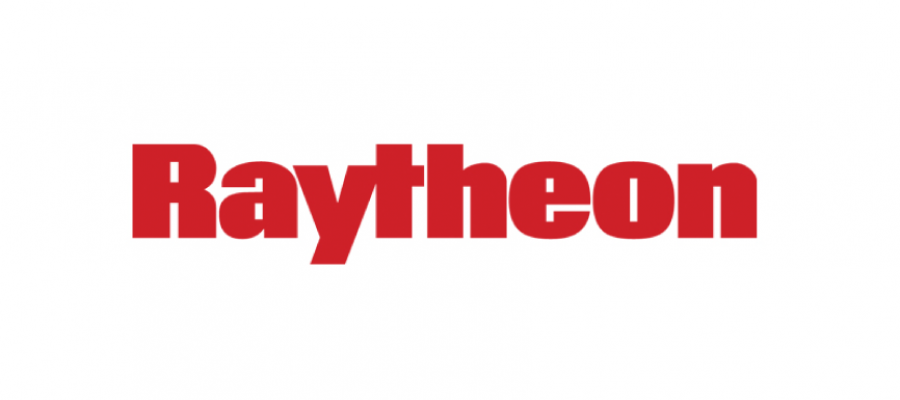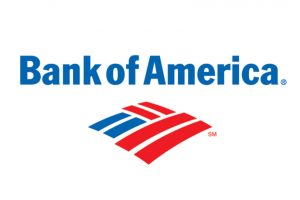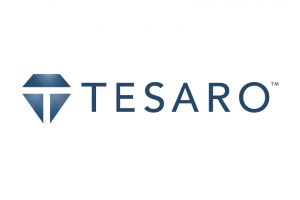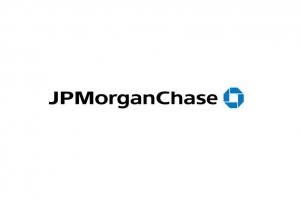Will defense spending be good under the Trump administration? In a few tweets, the POTUS has made his thoughts known on areas where he thinks the government is being overcharged. This immediately begs the question, will the margins of different companies that do business with government have their margins squeezed?
That question will probably vary by company. I would also guess it depends on how much business the company does with government. The more business a company does with the government, the higher the risk of having their billings scrutinized by the new POTUS.
This article will take a look at some chart for Raytheon (RTN), a US defense and industrial company that does work with the US government.
Raytheon (RTN)
Here is what Think or Swim has to say about what Raytheon does to generate its revenue:
“The Company develops technologically integrated products, services and solutions in various markets, such as sensing; effects; command, control, communications, computers, cyber and intelligence (C5I); mission support, and cybersecurity. It operates in five segments:
Integrated Defense Systems (IDS)
Intelligence, Information and Services (IIS)
Missile Systems (MS)
Space and Airborne Systems (SAS)
Forcepoint
Its IDS’s product lines include Mission Systems and Sensors (MSS), and Integrated Air and Missile Defense (IAMD). Its IIS’s product lines include Cybersecurity and Special Missions (CSM), and Global Training Solutions (GTS). Its MS’s product lines include Air Warfare Systems (AWS), and Air and Missile Defense Systems (AMDS). Its SAS’s product lines include Intelligence, Surveillance and Reconnaissance Systems (ISRS), and Secure Sensor Solutions (SSS).”
With that being said, let’s review some charts now for Raytheon.
Raytheon (RTN) – 20 Year Chart
This fist chart is a 20 year chart. As Trendy Stock Chart members know, I always like to visualize where the share price has been for a particular stock. I placed 5 different Fibonacci Extension Tools on the chart that cover different time spans.
The first thing I noticed on the chart was that Raytheon (RTN) developed a Dark Cloud Cover candlestick pattern in December 2016.

Using 5 Different Fibonacci Extension Tools on a 20 Year Monthly Candlestick Chart for Raytheon (RTN) to Analyze Upside Potential
This bearish reversal candlestick pattern developed on[s2If !current_user_can(access_s2member_level1)]….
If you want to continue reading this article for Raytheon, you must first login. I talk about areas to watch for a pullback in Raytheon’s share price, as well as the upside potential I see from the current share price.
This information can be used to calculate a risk to reward ratio and determine if it is a favorable investment or not.
If you are not a Trendy Stock Charts member, consider subscribing today! There are several different subscription plans available.[/s2If][s2If current_user_can(access_s2member_level1)] volume that was lighter than the previous month’s volume, so there was not a volume confirmation with the Dark Cloud Cover candlestick pattern.
When I look at the Target Lines from the 5 different Fibonacci Extension Tools, I notice that RTN has reached at least the 261.8% Target Line for 4 of the 5 Tools. The 5th Tool leaves an approximate $25 upside potential from the current share price.
If RTN’s share price does not close above the resistance area from the Dark Cloud Cover candlestick pattern, let’s review some downside risk areas and also a shorter-term chart for RTN.
Raytheon (RTN) – Downside Risk & Support
Based on the 20 year chart, it looked like RTN’s share price was in an area with a confluence of Target Lines from the Fibonacci Extension Tools. That confluence area could cause some consolidation over the short term.
Assuming it does, this 1 year chart for Raytheon (RTN) illustrates a possible Trading Range for its share price until it does breakout and attempt to reach the last 261.8% Target Line from above.

Analyzing a 1 Year Daily Candlestick Chart for Raytheon (RTN) to Determine Support Areas That Can Be Used as Possible Scale-In Entry Points Also
The Rising Window candlestick pattern is still open as the gap has not yet closed. The is an area of support. When the re-test of the support area was successful, it ended up developing a Hammer candlestick pattern. RTN’s share price broke below the main support area for the Hammer candlestick but did not break below the Hammer candlestick’s secondary support area. But it also left an unclosed gap, unclosed gaps are areas of support.
The bottom of the secondary support area from the Hammer candlestick pattern and the bottom of the support area from the Rising Window candlestick pattern are nearly identical. This should provide support in the event of another pullback and re-test of the unclosed gap area.
If something were to change though and the gap closed, then the area I labeled “Downside Risk Area” with the gray shaded box on the above 1 year chart would be the downside risk area for RTN’s share price.
Raytheon (RTN) – Summary
Raytheon (RTN) has a dividend yield of 2.1% based on its current share price. That yield is not impressive enough for me at current share prices. However, if RTN’s share price were to pull back due to the resistance from the Dark Cloud Cover candlestick pattern that developed on the monthly chart in December 2016, the $120 area could be an area where the risk to reward ratio becomes more interesting for a swing trade. It also helps to increase the dividend yield closer to 4%. That way if prices still go lower, at least you are getting paid something to wait for its share price to rebound.
For anyone interested in trading the stock, purchases made in the lower half of the trading range on the 1 year chart bring less risk that trading while its share price is in the upper half of the range. Currently, it appears to sit just above center of the Trading Range. A breakout above the trading range would be the indicator to me that RTN is aiming for the last 261.8% Target Line, the red one, which resides around the $170 mark.
Any purchases made in the $135 range to go long set up for almost a 1:3 risk to reward ratio. The $120 area is a confluence area of Target Lines from the Fibonacci Extension Tools; any pullback to this area before making a new high will be the best opportunity and trade set-up that RTN could offer. Whether or not it happens like that is to be seen.
At a minimum, waiting for a re-test of the support area from the Rising Window candlestick pattern offers the least risky opportunity to go long on RTN’s share price at the moment. It is also the area where the risk to reward ratio becomes more favorable. The re-test of the Rising Window candlestick pattern’s support area could find support anywhere from the bottom to the top of the support area. Be on guard and monitoring for a reversal anywhere in that range.
Another option is to jump on the trade after a breakout to the upside of the Trading Range on the 1 year chart. Purchase shares to go long RTN after its share price breaks above the overhead resistance area on buying volume that is above average. Trade it up to the $170 target price.
If anyone needs more detailed information for a trade possibility, let me know…
[/s2If]















Ask a Question. Make a Comment. Leave a Reply.